Courtesy: mymove.com
10 Reasons You Should Use Sustainable Building Materials
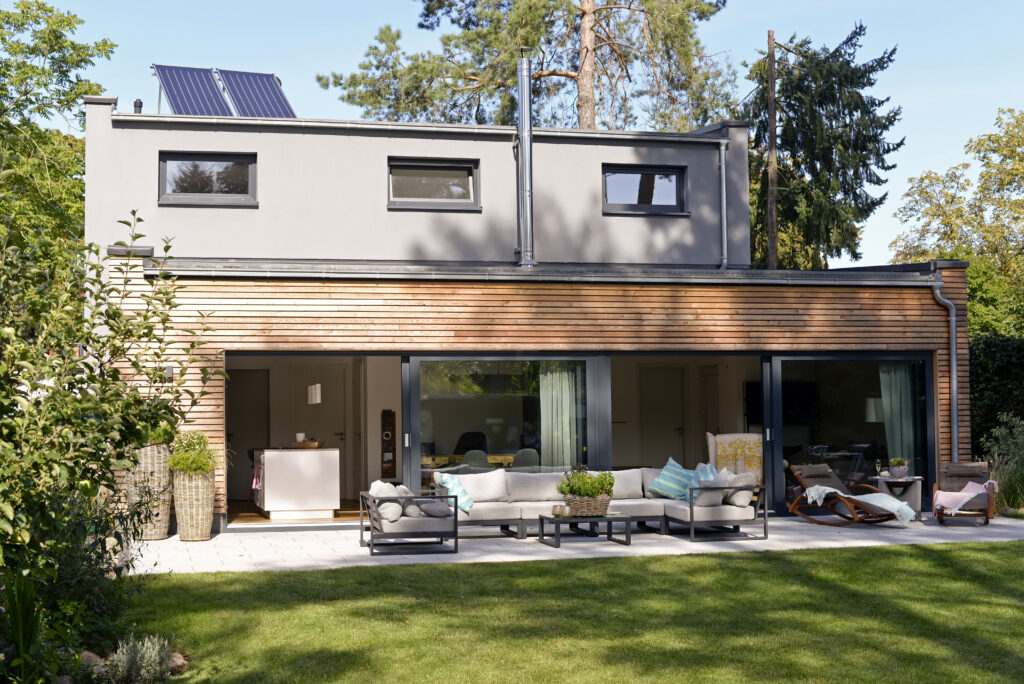
Westend61/ Getty images
Do you really know the true definition of sustainability? It is a trendy word that is often tossed about, but the real definition may be lost at times.
Merriam Webster dictionary refers to the meaning of sustainable as, able to be used without being used up or destroyed; methods that do not completely use up or destroy natural resources; able to last for a very long time. Essentially, to sustain something is to keep it and make it last for future generations.
Get your hands on home improvement discounts
We’ve got Home Depot coupon codes, and discounts from thousands of other retailers.VIEW DEALS
With this definition in mind, let’s look at 10 reasons why sustainability should top your list when it comes to building your home. We will also look at some sustainable building materials and how you can incorporate them into your home.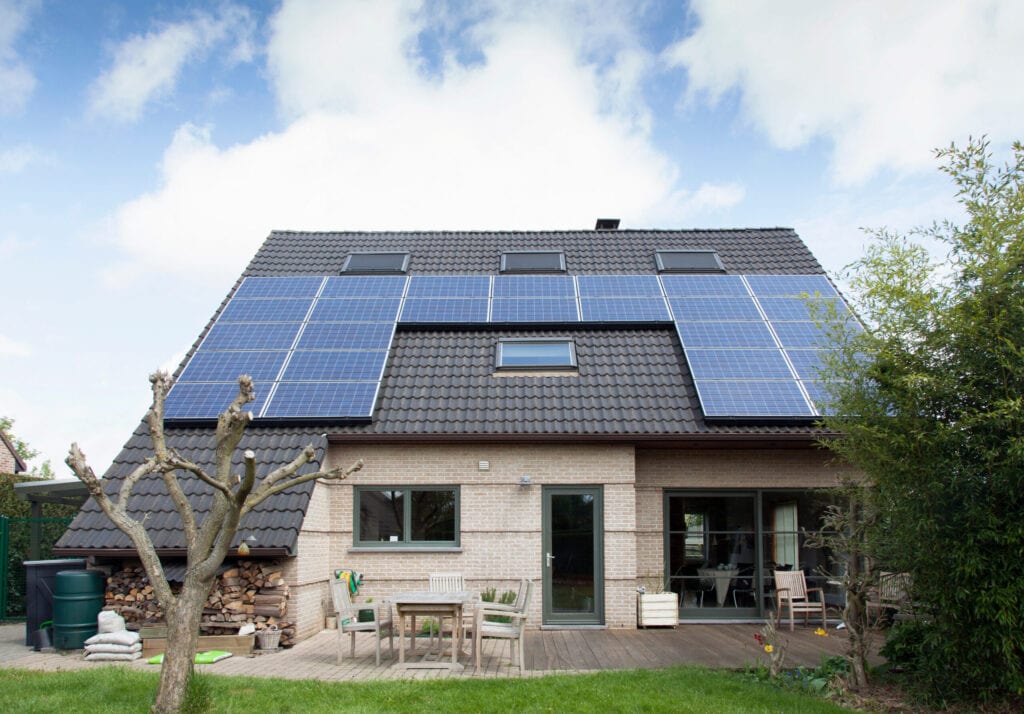
WALTER ZERLA/ Getty Images
1.Building to Last a Lifetime
Just as the definition says, sustainability is meant to make something last. The main idea of using sustainable building materials is to construct a home that lasts—and a longer-lasting home means lower maintenance costs and less up-keep.
A cost reduction and extended life-span seem reason enough to convince anyone into building a sustainable home. But what sort of materials are used to make a sustainable home last so long and make it so cost-efficient?
Here are just a few examples: Low-flow plumbing fixtures, durable bamboo and cork flooring, solar panels, natural fiber wool carpeting, concrete flooring & walls, reclaimed wood, and metal roofing & siding, to name just a few. We have so many durable construction materials available to us, so why not use them? We could make the world a bit more green and save a little green, too!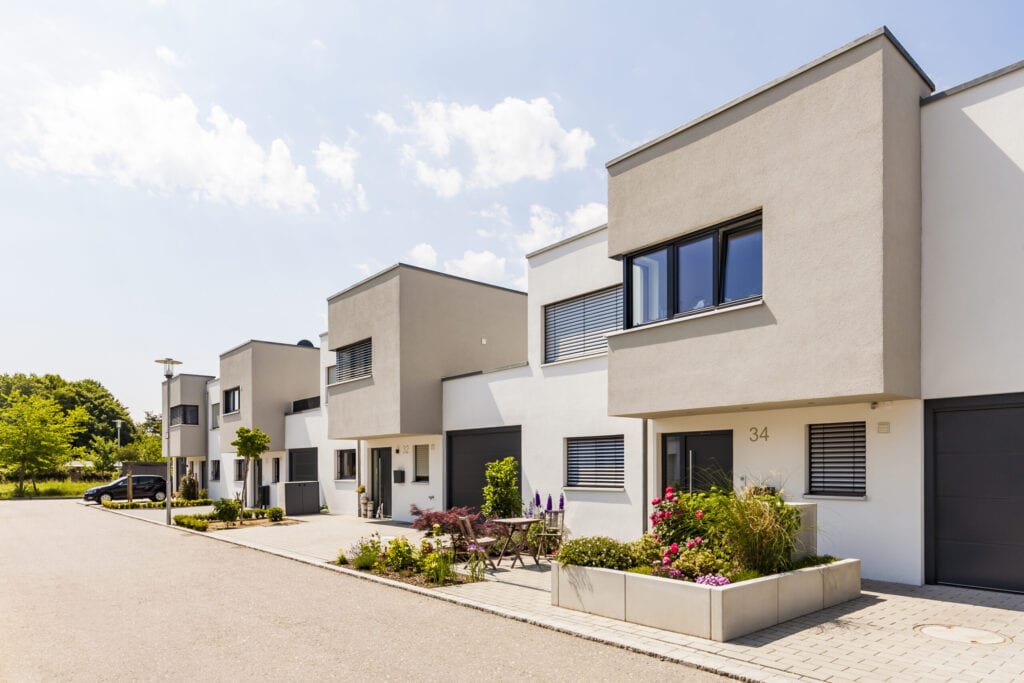
Westend61/ Getty Images
2. Advanced Framing Techniques
Advanced framing techniques are usually employed by conscientious builders who build ‘Green’ homes. Essentially, it is a form of house framing that uses less wood.
Why would we care to use this technique? Well, there are actually a lot of reasons: advanced framing actually results in less material and labor costs, it improves the homes energy performance, it still meets building codes, and it results in a more durable, sturdy home.
Advanced framing with wood from sustainable forests is just another great tool to add to your sustainably-built home. Of course, there is always two sides to every story, and some builders are against advanced framing, so do your research first.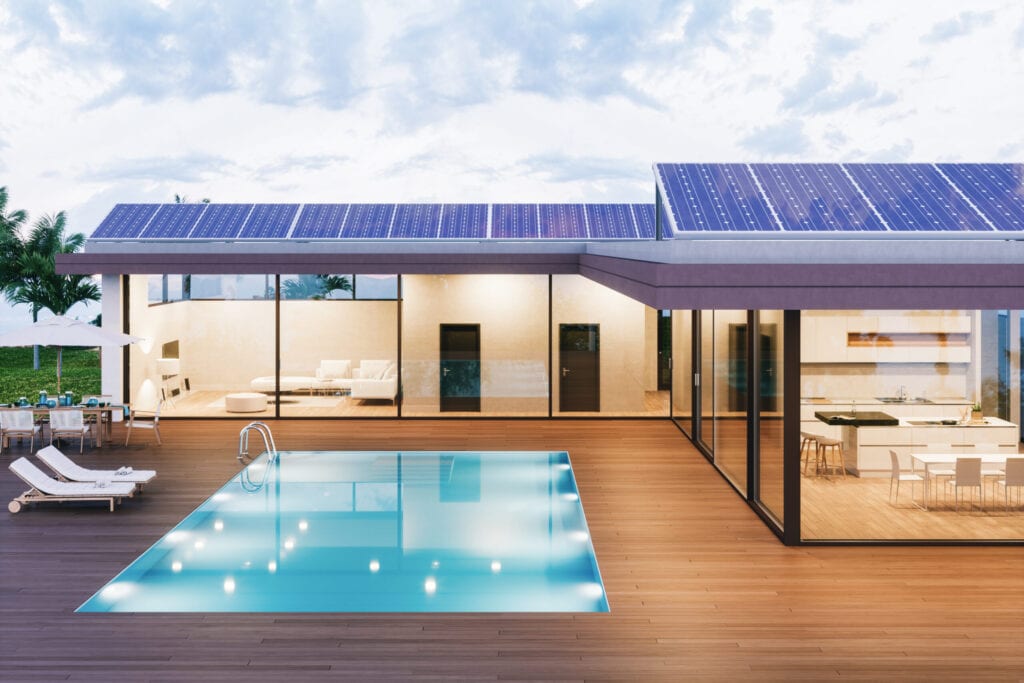
imaginima/ Getty Images
3. Conserve Energy and Save Money
By using sustainable building materials in your home, you will be conserving energy and saving money in the long run. How you ask? Energy is conserved two-fold—One, you conserve energy on a larger scale by using sustainable materials whose manufacturing results in less waste products that fill the world’s landfills. Two, you conserve your homes energy by using materials that are more efficient, such as low-flow toilets, green insulating materials that result in a better insulated home, eco-friendly heating systems, on-demand water heaters, and programmable thermostats.
What does all this efficiency mean? It means that you save money AND help to save the worlds resources! Check out this energy calculator to see where your home could be improved.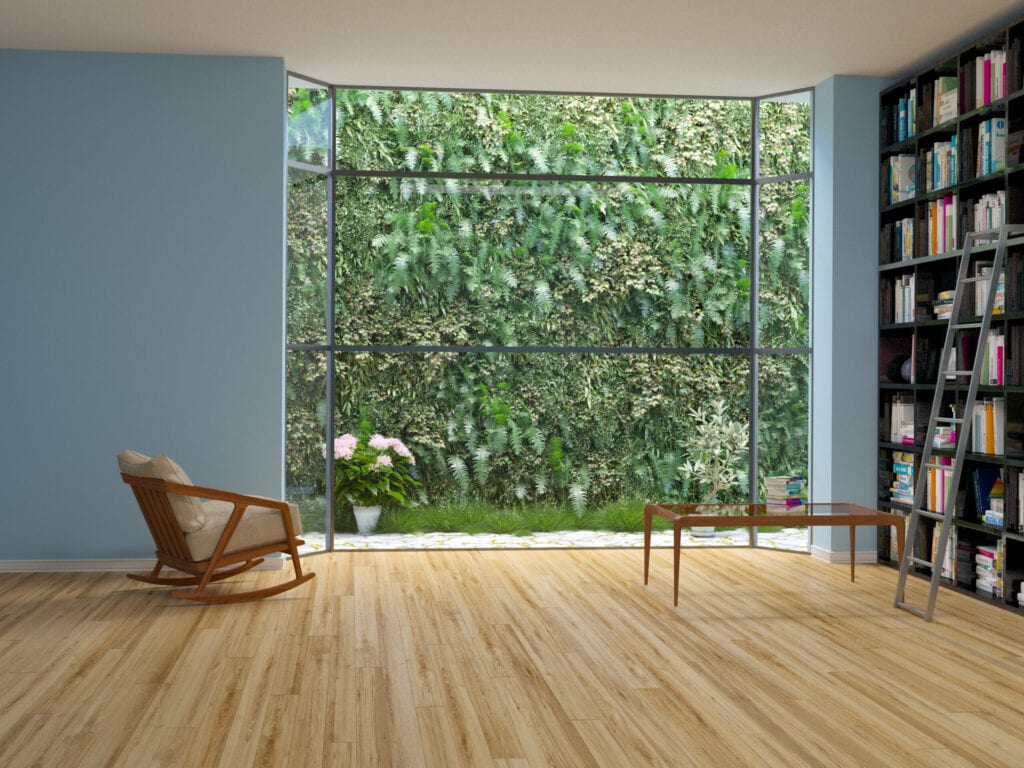
Boris SV/ Getty Images
4. Have a Healthy, Comfortable Sustainable Home
It’s a fact—sustainably-built green homes are healthier and more comfortable. Sustainable building materials emit few, if any, toxins such as carcinogens, VOC’s (Volatile Organic Compounds), and mold spores.
There are numerous materials that improve a homes air quality—such as natural wool carpeting, air systems that bring refreshing outdoor air indoors, insulation that prohibits mold growth, and laminates that don’t use toxic glues.
A sustainable home is a healthy home. Look into the many healthy sustainable products that are currently available for your home.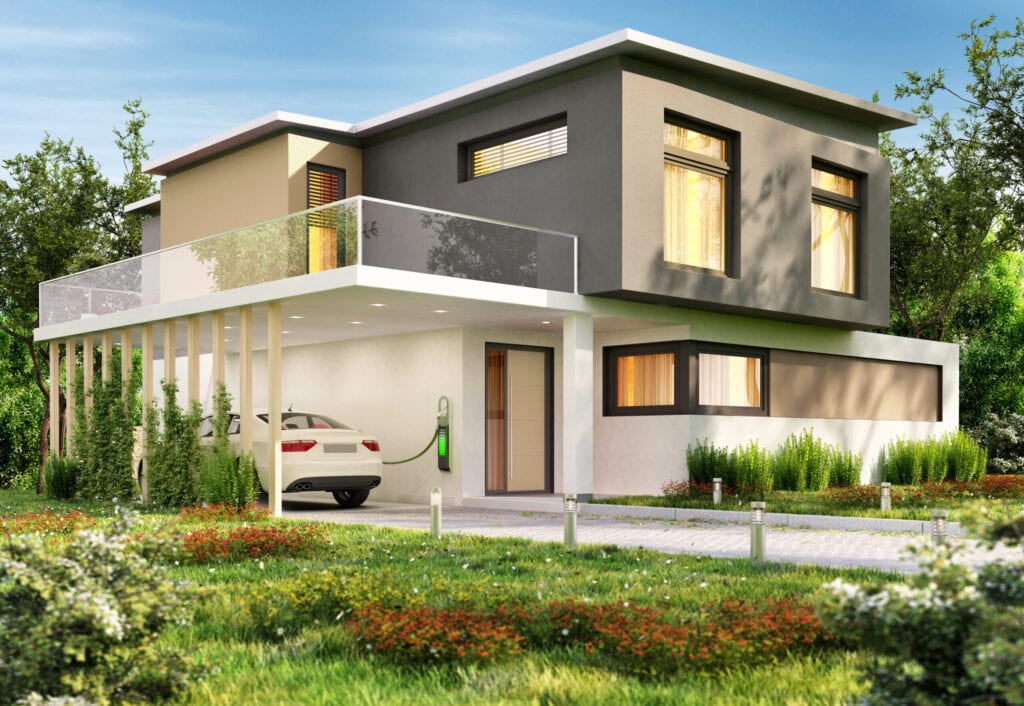
Sl-f/ Getty Images
5. Minimize Waste Through Sustainability
A lot of sustainable building materials use reclaimed or recycled materials. It is simple—the more we re-use products, the less we acquire new products and deplete world resources (and waste less energy manufacturing new materials).While we may not have a home that is explicitly built with sustainable materials, it is a good feeling to know that by using even one or two sustainable building materials we can lessen our personal carbon footprint.
Sometimes it is a combination of the little things—such as LED lightbulbs or programmable thermostats— that combine to make a big environmental impact.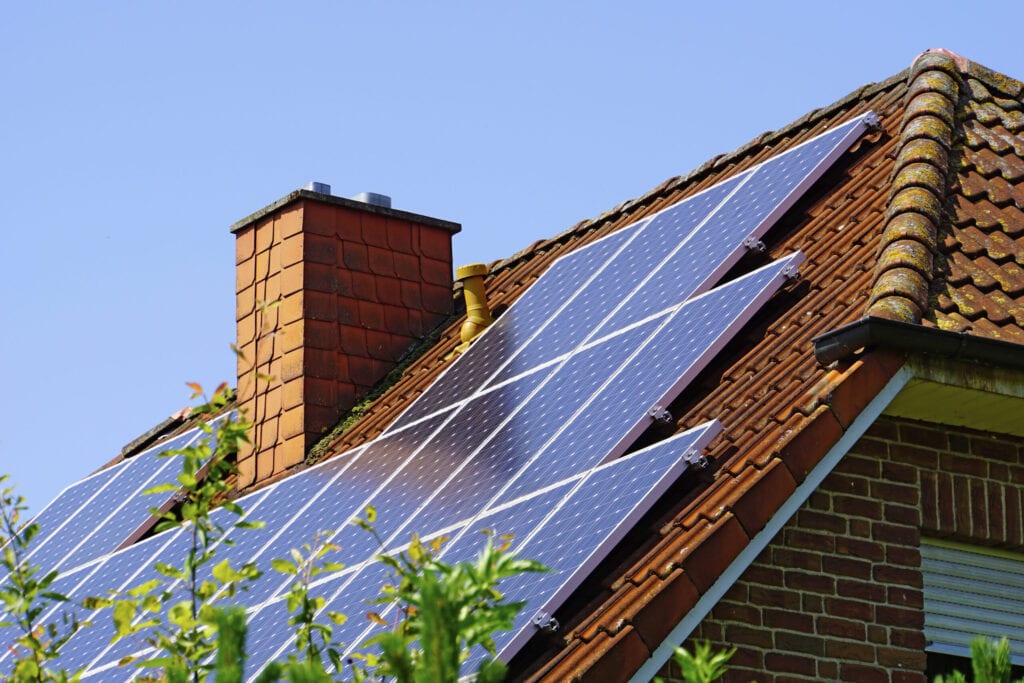
Westend61/ Getty Images
6) Buy Local Products
Local products are extremely sustainable because they eliminate the cost and energy consumption that goes into transporting goods all over the globe.
If you buy locally-made products for your home, you are likely to save money (the consumer undoubtedly pays for the hefty costs of shipping/transporting global goods), and you are re-energizing your community by keeping your money local.
It feels good for your wallet and it feels good to know that you are supporting a local manufacturer! Look around your community; is there a local manufacturer that produces building materials—maybe a local quarry or local cabinet maker? If so, consider buying from them.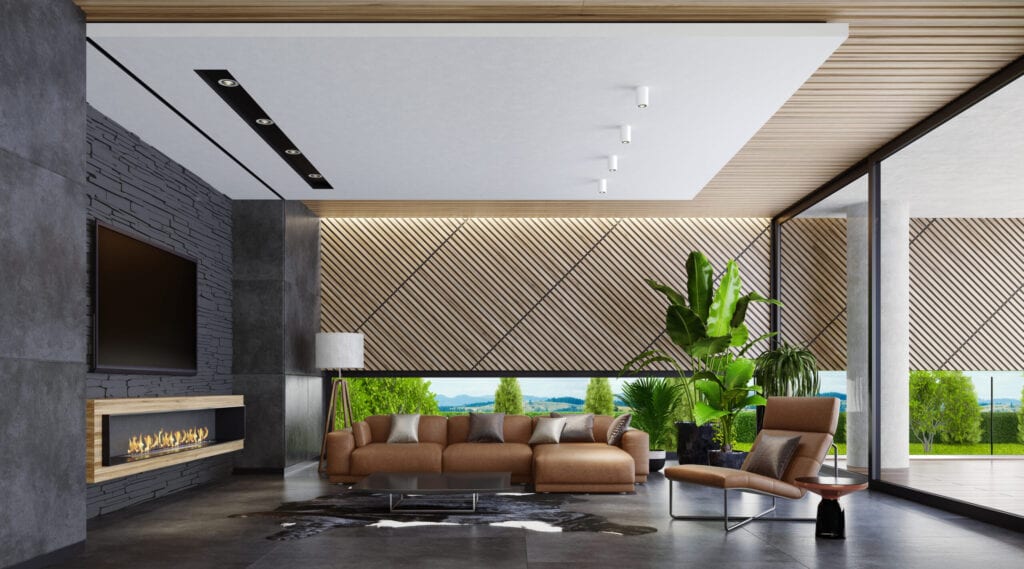
tulcarion/ Getty Images
7) Building With Wood
You can have a sustainable home and still have it filled with the lovely grain of wood—not all wood comes from destructive clear-cuts.
There are numerous flooring manufacturers who are actually reclaiming wood from old buildings that are about to be demolished, they take this old wood and re-finish it into fabulous new floors. Talk about recycling at its best— You get the beautiful time worn wood flooring and save a ton of trees at the same time!
Wood products such as Bamboo and Cork are also extremely sustainable and environmentally friendly, as they are fast growing products that can be sustainably harvested with little environmental damage.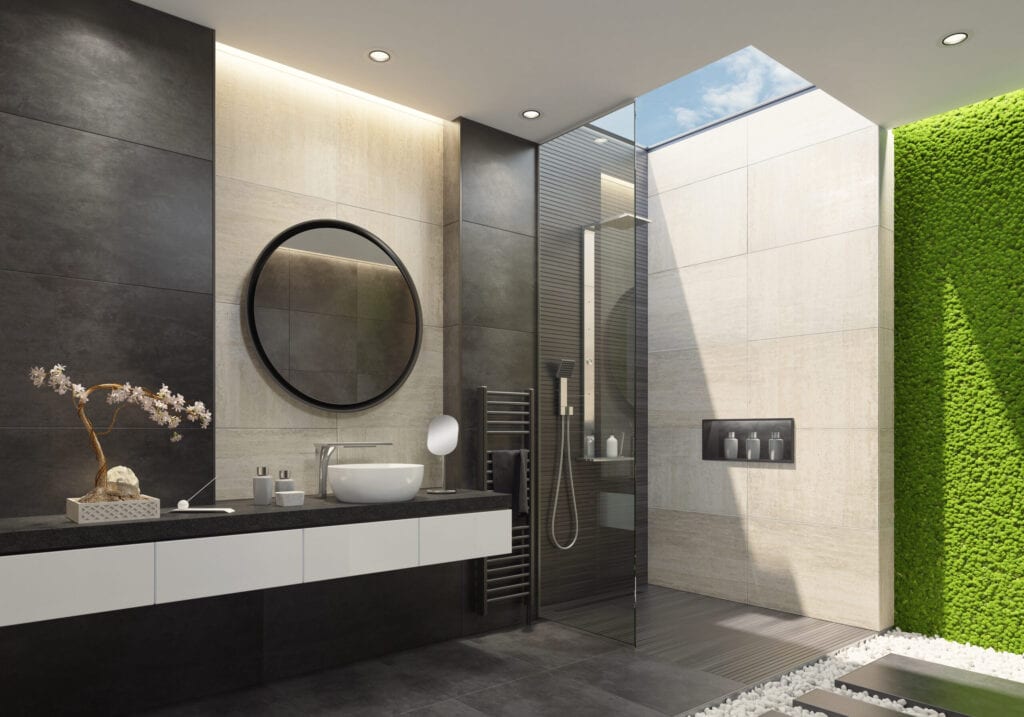
tulcarion/ Getty Images
8) Make the World a Better Place
It seems a bit silly and too ‘feel good’ , but don’t underestimate your actions toward sustainability. The bragging rights alone are enough to make some people become sustainable— hey, guess how much I saved on my energy bill last month..? OR Allergies? No, we don’t have that problem in my home…Then there is the example that we are setting for our children and our grandchildren. It is imperative to lead by example, and the only way that future generations are going to know how to live sustainably is by example.
Making the world a better place may sound a bit romantic and unattainable, but that is what you do every time you purchase sustainable materials.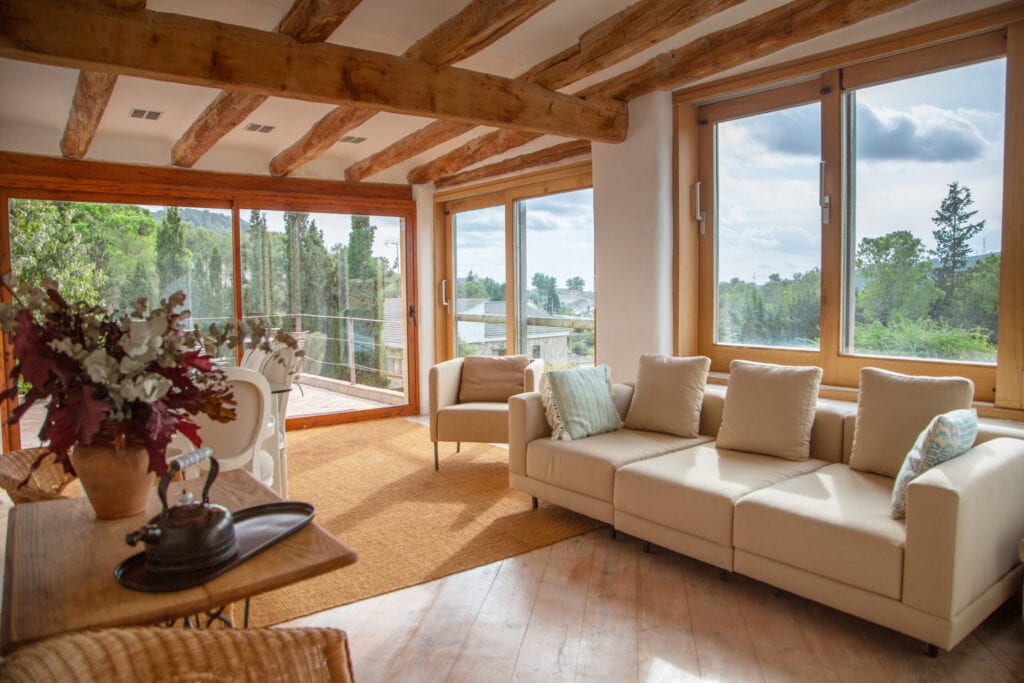
JulieanneBirch/ Getty Images
9) Improved Resale Value
There is a another big incentive to using sustainable building materials, beyond the money that we can save and the decreased carbon footprint, our homes resale value and speed of sale can actually be improved.
One recent study stated that a home that employed third-party certifications for sustainability sold for 8 percent more on average than a similar non-certified home.
While we may not want to pursue complete green certification for our home, there is still a bragging factor for realtors who can show potential buyers all the money-saving sustainable materials that are in the home.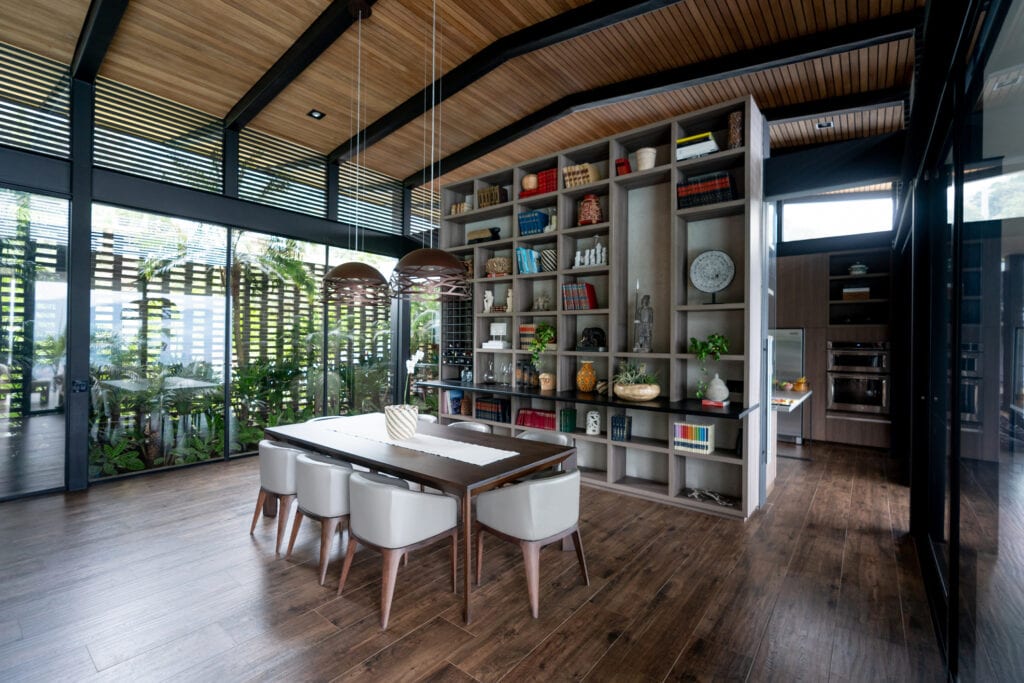
Hispanolistic/ Getty Images
10) Many Styles in Sustainability
Whether your design tastes veer towards modern minimalism or rustic country—you can have a sustainable home that meets your personal design style.
Reclaimed wood beams can be left exposed for a rustic country feel. For a more modern appeal, try polished cement floors that are long-lasting and environmentally friendly. Just because you care about the world around you, doesn’t mean that you have to give up your personal design aesthetic.
Do the best for both worlds–yours and the natural world around you— by styling your own personal oasis with sustainable building materials.
There you have it! Sustainable building materials save you money, make your home longer-lasting, make your home more valuable, and lessen harmful environmental impacts.
Reduce your carbon footprint by buying sustainably! Start by taking baby steps by simply changing out your light bulbs for more efficient ones, or look for locally-made home goods and materials to use in your home. Every little bit counts!


